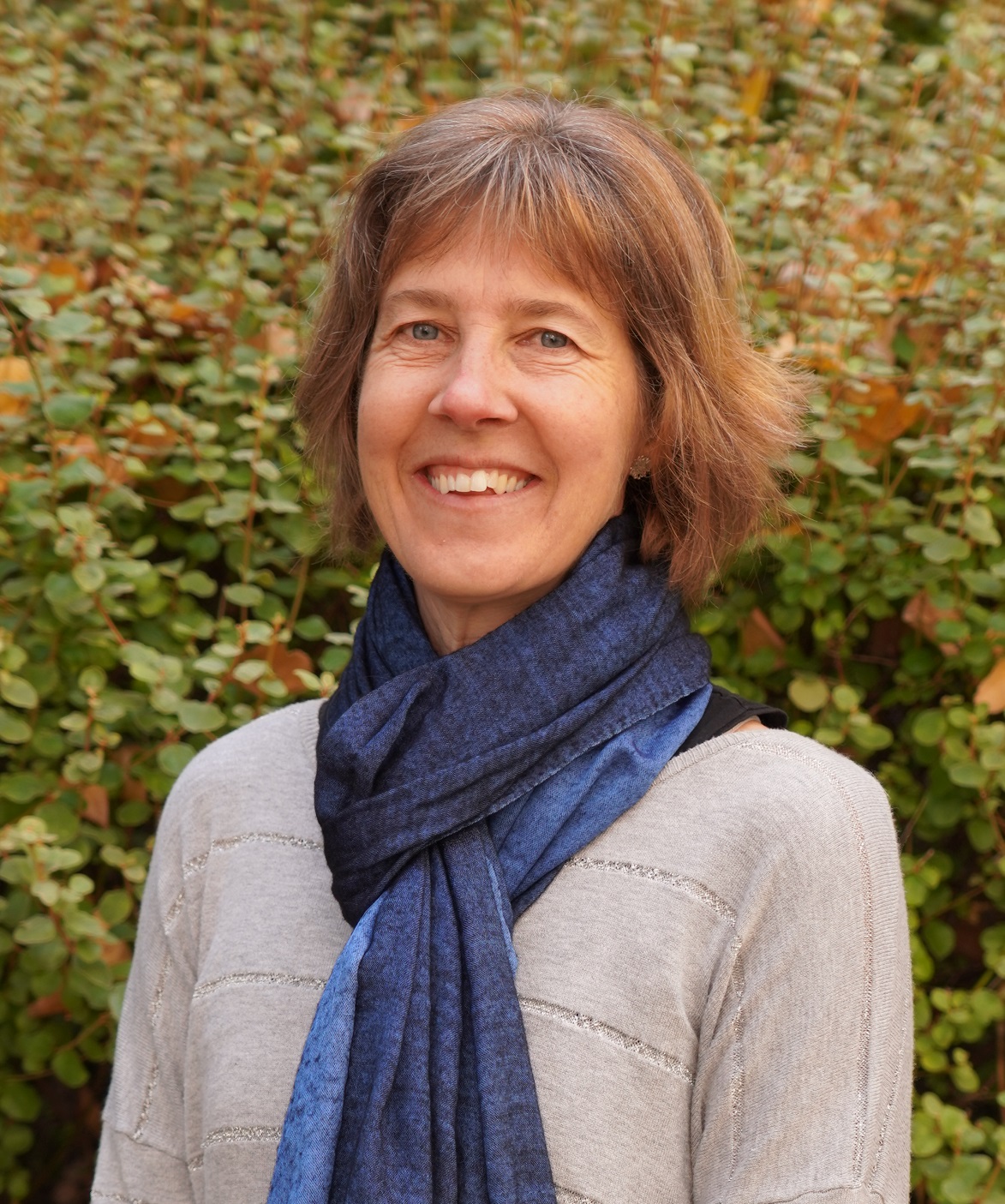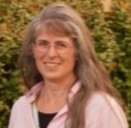Delivery
Online
When
Term 1 to 4
Cohort
Secondary, senior secondary
Where
Online
Capacity
Minimum 20 students
About the program
There are many ways to approach environmental challenges, from high tech equipment and field work to investigations that focus more on social science and humanities.
Environmental scientists are interested in all environments; from our magnificent coasts, diverse cities, agricultural land, to wonderful wilderness areas. They use technology such as drones to survey for environmental change, detect changes in sea level and ice sheets, manage threatened species and provide information to help people adapt to climate change. In such a varied and diverse field, environmental scientists collaborate with others in the community to help address local and global environmental challenges.
Format includes a 10 - 15 minute overview of the presenters' work and career, followed by a Q&A session.
The University of Tasmania is committed to creating diverse, inclusive, and accessible educational experiences. Please let us know when registering how we can best support your needs.
Meet your instructors
Dr Emma Little
Senior Lecturer in Geography, Planning, & Spatial Sciences
Dr Emma Little is a teaching intensive academic who specialises in the Master of Environmental Geospatial Science and the Master of Planning. Her main teaching responsibilities are the two areas of liveable cities that she is most passionate about: land use planning (KGA512 Statutory Land Use Planning) and environmental law and policy (KGA381 Environmental Impact Assessment).
Dr Vishnu Prahalad
Lecturer in Geography, Planning, & Spatial Sciences
Vishnu is a Geographer with varied research interests including saltmarsh and wetland ecology, science communication, community engagement, environmental planning and management, systems thinking, and political economy. His research and teaching focusses on supporting varied organisations and community groups through engagement, and capacity building, to achieve conservation, restoration, community resilience, and sustainability outcomes. You can see some of his work featured in ABC Gardening Australia and Ockham’s Razor podcast.
Dr Kathryn Allen
Future Fellow in Geography, Planning and Spatial Sciences
In 2021, Kathryn's Future Fellowship will compile and analyse a 2000-year palaeo climate record of single event and complex climate extremes to provide a long-term context for observed changes in climate extremes over recent decades.
This analysis will generate new knowledge about long-term variability in the frequency and magnitude of climate extremes that occur on seasonal – decadal time scales. It will also provide information about complex extremes involving multiple types of impacts (such as drought followed by flood, or simultaneous drought and fire).
This kind of information can then be incorporated into risk estimates for the impacts of climate extremes on Australian government and industry infrastructure.
Links to the Australian Curriculum
Creative and critical thinking
General Capability
Sustainability
Cross-curriculum priorities